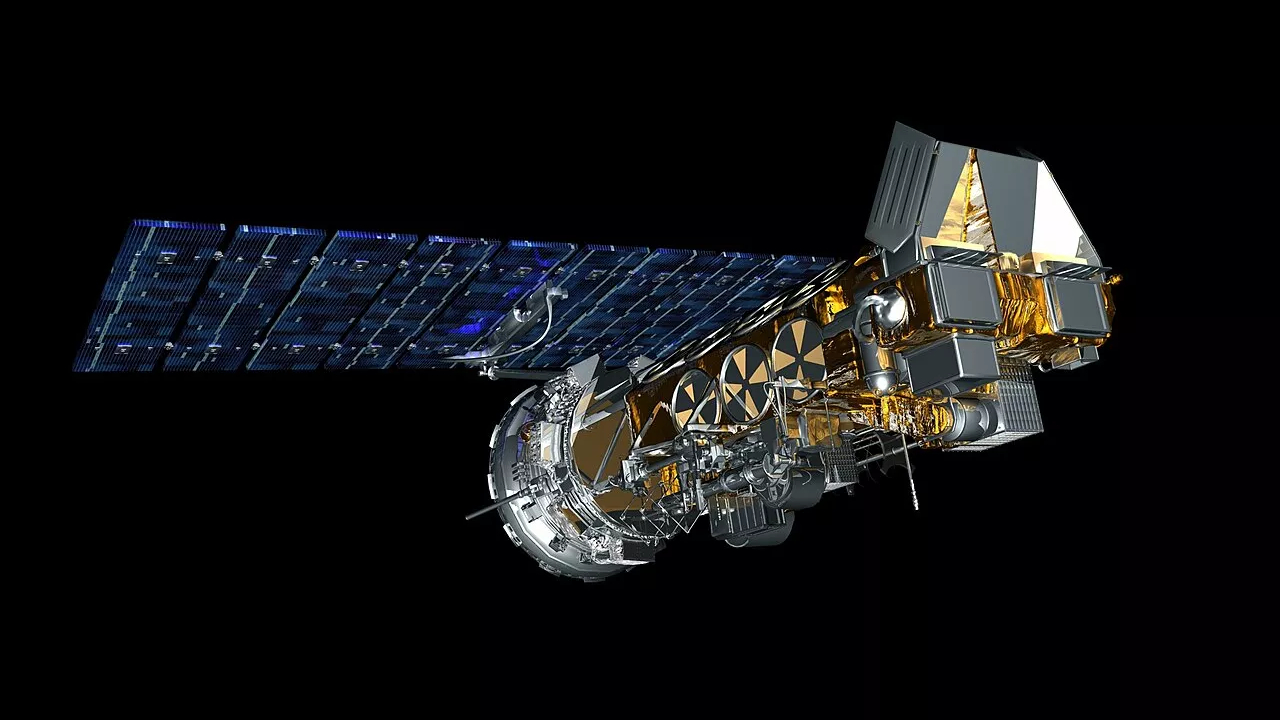
As many things have a shelf-life, so do satellites.
But the National Oceanic and Atmospheric Administration (NOAA) has plans to take their older polar-orbiting satellites off the path toward decommission, and instead use a cloud-based system to add some extra years to their lifespan.
NOAA's next-generation Joint Polar Satellite Series (JPSS) are more of the new kids of the block, when it comes to polar orbiting satellites. They keep an eye on Earth's weather and climate change from what's known as a low Earth orbit, from about 520 miles (836 km) above us; for comparison, the International Space Station orbits at about 250 miles (400 km).
Photos: Earth looks stunning in these 1st full views from NOAA-21 satellite
Through these satellite observations, we can get key data that assist with short- and long-term forecasts. This data, in return, will aid meteorologists when it comes to helping us prepare for destructive weather events.
Before the development of JPSS, a series of older satellites — NOAA-15, NOAA-18, and NOAA-19 — were the trio that led the way, providing data to serve a key role in climate and weather prediction following their launches between 1998 and 2005. They all form essential parts of NOAA's Polar-Orbiting Environmental Satellites (POES) fleet. But as we know, with any previous versions of satellite series, there comes a time when they approach the end of their lifetime.
"Rather than planning to decommission these older polar satellites, we're working with the private sector with a new business model that allows us to use new technology to extend their production and value, while still helping NOAA fulfill its mission," Steve Volz, director of NOAA's National Environmental Satellite, Data and Information Service (NESDIS), said in a recent agency statement.
NOAA plans to use a POES Extended Life Internet cloud-based system through Microsoft Azure to control those satellites, using a contract with Parsons Corp. awarded in September 2022. The new "ground system as a service" approach should keep the satellites running until at least September 2025, years beyond their expected lifetimes. With more years in orbit, the older satellites will compliment the newer members of the polar orbiting satellite family, at lower cost than direct operations by NOAA, the agency said.
"POES Extended Life will also lay the groundwork for the future of low Earth orbit missions," Tim Walsh, director of NOAA's Office of Low Earth Orbit Observations, said in the same press release. Examples could include the Quicksounder mission, which will fly a small satellite for Earth observations, and the Series One project that aims to fly microwave sounders on future satellites of the agency's Near Earth Orbit Network (NEON) program.







